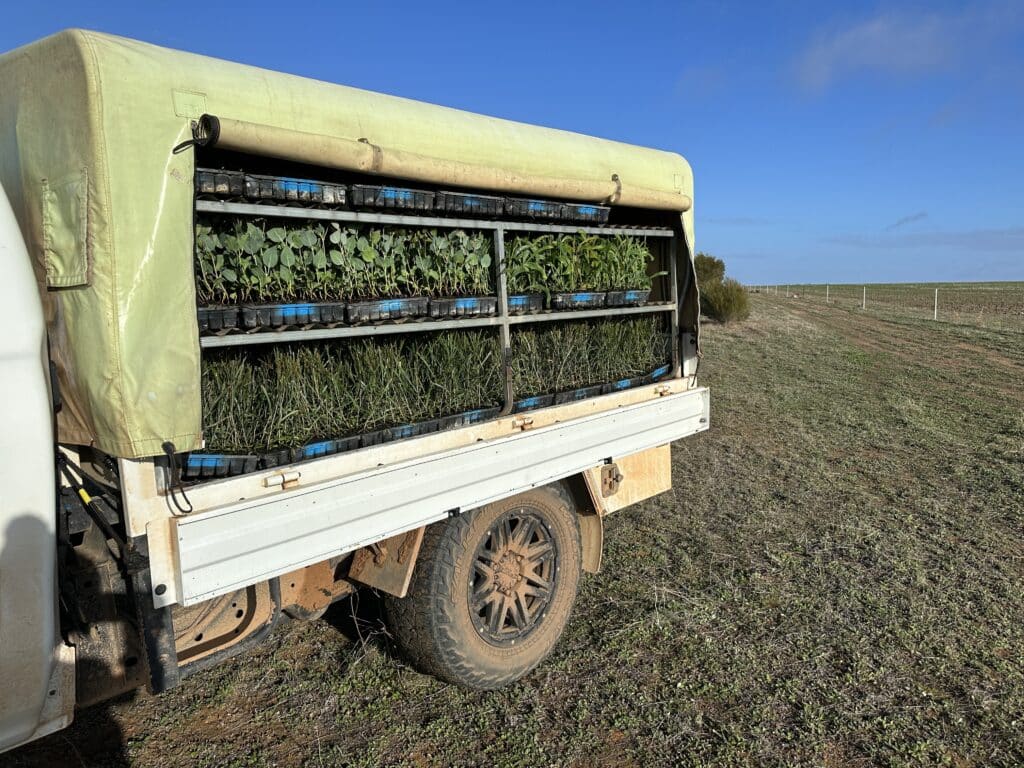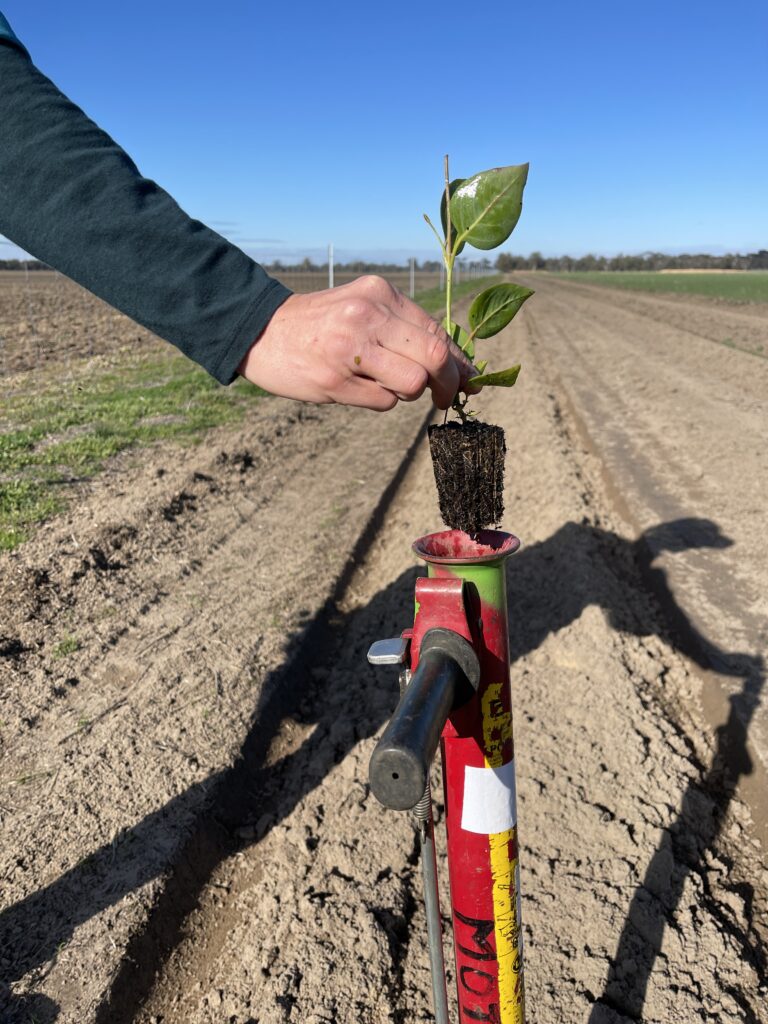A carbon offset (or ‘carbon credit’) represents the prevention, reduction, or removal of 1 tonne of carbon dioxide equivalent (tCO2e) from the atmosphere. Offsetting carbon allows us to compensate for the unavoidable carbon emissions generated in everyday life.
Carbon dioxide equivalent (CO2e) is a metric measure used to compare the emissions from various greenhouse gases on the basis of their global warming potential. This is done by converting amounts of other gases to the amount of carbon dioxide with the equivalent global warming potential. For example, the global warming potential for methane is 28. This means that the emission of 1 metric tonne of methane is equivalent to 28 metric tonnes of carbon dioxide.
Carbon offsets are generated from projects that either prevent, reduce, or remove greenhouse gas emissions from the atmosphere. There are many types of carbon project activities including reforestation, renewable energy, fuel switch and energy efficiency. Reforestation is one of the only carbon project activities which REMOVES carbon from the atmosphere.
We generate offsets by planting native vegetation on degraded farmland. Trees and shrubs remove or ‘sequester’ carbon dioxide from the atmosphere and convert it into organic carbon as they grow. Reforestation is one of many nature-based solutions to combat climate change and comes with a host of ‘co-benefits’ such as creating habitat for native fauna, increasing biodiversity, and improving soil quality.
Everyone! Individuals, families, organisations, and governments alike can offset their carbon emissions.
To offset your emissions, you first need to measure your total emissions for a given time period – this is known as your ‘carbon footprint’. Our free online Carbon Calculator will help you with this.
The next step is to make changes where possible to reduce your emissions. This is often easier than you think and can be as simple as catching public transport more or making sure all the lights are off when you leave the house.
Unfortunately, some emissions are unavoidable. For those emissions you cannot reduce, you can offset.
When you offset with us you are funding the planting of native trees which remove carbon dioxide from the atmosphere.
As an individual, family, or household the easiest way to calculate your carbon footprint is to use our free online Carbon Calculator. Your carbon footprint includes emissions from different aspects of your life including travel, energy use, diet, and water consumption for a given historic period. Organisations often have additional emissions sources. For assistance calculating your organisation’s carbon footprint get in contact with us.
Carbon neutrality is a state that occurs when net greenhouse gas emissions are equal to zero. In other words, you offset as much as you emit.
Becoming carbon positive means making a new set of choices that will deliver a cooler climate and deliver environmental co-benefits. It means going beyond carbon neutrality by making additional ‘positive’ contributions to the environment. This may be in the form of offsetting more than you emit, switching to 100% renewable energy, and/or protecting our old-growth forests and rivers. You can learn more about becoming carbon positive here.
Where possible, our planting sites adhere to methodologies developed by the Australian Government’s Emissions Reduction Fund (ERF). Several of our projects are also registered with the ERF (some projects are registered under Carbon Neutral Charitable Fund and some under Carbon Positive Australia).
To measure the carbon uptake from our planting sites we use the Full Carbon Accounting Model (FullCAM) and/or on-ground measurements. FullCAM is a calculation engine developed by the CSIRO and approved by the Australian Department of Environment to measure carbon uptake for the generation of Australian Carbon Credit Units (ACCUs). On-ground measurement of carbon is based on detailed growth models using allometric equations to reflect the amount of carbon stored in the forest. Carbon Positive Australia has contributed field measurement data from our plantings as part of an on-going CSIRO project to update FullCAM.
Verified offsets are those for which the underlying carbon project has been validated and verified by an accredited third party. Unverified offsets are issued by the carbon project developer using relevant methodologies but are not independently verified.
The offsets we provide on our website are unverified. Unverified offsets are issued by the carbon project developer using relevant methodologies but are not independently verified by a third party. When offsetting with Carbon Positive Australia you are supporting native tree planting on degraded land across Australia. The funds go directly into our planting projects. We plant enough trees to offset each tonne of CO2e.
In establishing our offsets, we follow the methodologies set out by the Australian Government’s Emission Reduction Fund, using the Full Carbon Accounting Model (FullCAM) to measure the amount of CO2e captured. As we don’t intend to claim Australian Carbon Credit Units due to the high cost and administration requirements, we do not have our projects audited by a third party. It also means that we do not develop ACCUs that fossil fuel emitters can purchase. Keeping administrative costs low, enables us to take on new projects and plant more trees. We supply in-depth planting and monitoring reports and photography to provide transparency around on-ground activities. Our carbon offsets/credits are not verified or accredited offsets as they have not been validated and verified by an accredited third party. Unverified offsets are issued by the carbon project developer using relevant methodologies but are not independently verified. Every tonne of carbon you offset helps us plant more trees and shrubs, restoring our amazing continent’s natural landscape and biodiversity and capturing carbon.
In most cases, individuals and organisations purchasing offsets for voluntary purposes can purchase unverified offsets. Organisations purchasing offsets for compliance purposes must purchase verified offsets (the specific type of offset will be determined by the relevant legislation or agreement). If you are unsure or have further questions, contact our team.
Voluntary offsetting occurs when individuals, households, organisations and/or governments offset their emissions voluntarily (i.e., there is no legal requirement to do so). The alternative to this is offsetting for compliance purposes. Some organisations and governments must account for and offset their emissions by law. This is regulated by mandatory national, regional, or international carbon reduction regimes.
To become carbon neutral, you must measure your emissions for a specific time period and offset this amount by purchasing carbon offsets. You are then, technically, carbon neutral.
In Australia, you can also opt to be certified as Carbon Neutral under the Climate Active Carbon Neutral Standard. To be certified by Climate Active organisations must:
• Calculate their emissions;
• Develop and implement an emissions reduction strategy;
• Purchase offsets;
• Arrange independent validation; and
• Publish a public summary of their carbon neutral claim.
For more information on becoming carbon neutral (or even better, carbon positive!) contact us at [email protected] or on 1300 857 970.


